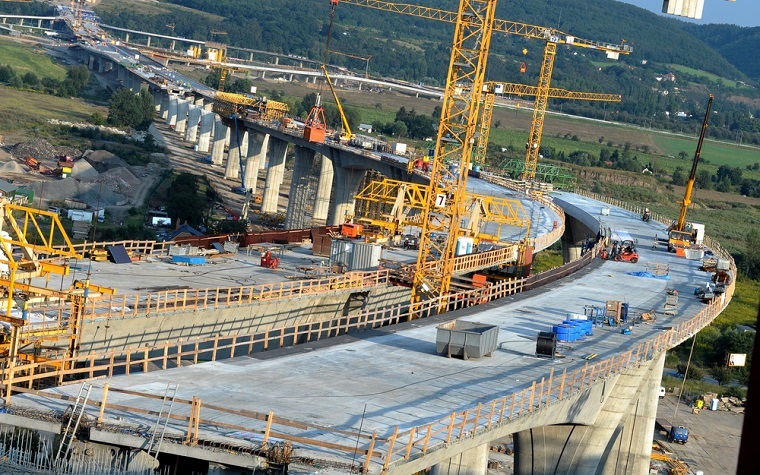The region’s existing infrastructure is not sufficiently accommodating current needs, nor will it be able to handle its anticipated growth, according to a newly updated task force report released this month by the Charleston, South Carolina Metro Chamber of Commerce (CMCC).
In fact, the chamber estimates that 43 people are moving to the Charleston region per day, posing evolving infrastructure challenges, according to CMCC Chief Advancement Officer Mary Graham.
“We formed our Infrastructure Visioning Task Force four years ago for just this purpose,” Graham told TI News. “We realized that as the region’s leading business organization, we needed to have a clear vision for infrastructure needs in our region to accommodate future growth and support economic development.”
At that time, the CMCC’s task force developed the Infrastructure White Paper outlining the chamber’s priorities. This month's new edition is CMCC’s third update, Graham said.
Specifically, the solution is to invest in new infrastructure in order to realize the full potential of the opportunities afforded by its location, human resources and natural environment, according to the white paper.
Graham pointed out that the Charleston region is a coastal community, surrounded by the Atlantic Ocean and the Wando, Ashley and Cooper Rivers, which are "all waterways that commuters cross daily to navigate from one part of our community to another,” Graham explained.
“As a result, our infrastructure needs are both unique and challenging,” she said. “As our community continues to grow, we must build and expand the needed roadway and bridges necessary to allow residents to travel from one area to another.”
Additionally, Graham told TI News, there needs to be a more robust public transit system built, “but the many waterways and bridges make this effort even more challenging as well.”
The CMCC’s Transportation Infrastructure Priorities White Paper contains all of its project priorities, segmented by the following categories: projects that promote economic development of the region; projects that facilitate freight movement; projects that accommodate anticipated residential growth; and projects that preserve and enhance the quality of life.
In the report’s summary, there are also brief lists of projects by urgency and funding status, the latter being another challenging topic.
“South Carolina’s Department of Transportation estimates there is a $42 billion gap in funding to both maintain and address the state’s infrastructure needs,” Graham said. “Breaking that down, we need an additional $1.5 billion annually in state funding.”
Graham said that the CMCC supports an increase in the motor fuel user fee as one option to generate funding, and noted that “our state has not increased the motor fuel user fee in more than 27 years.”
Currently, the CMCC is lobbying the General Assembly to pass legislation that provides new re-occurring funding for infrastructure to fix this issue, she said.
“It would be hard to find a member of the General Assembly who would not admit infrastructure is a big issue that needs to be addressed,” Graham said. “Our challenge is there are many different opinions on how to do it.”
Nevertheless, she said the chamber remains optimistic that a bill will be passed this year.
In the meantime, the chamber has looked to other regions for additional viable solutions.
“What we have learned from other cities is that we must continue to push for progress on these needed projects, as the growth continues with each passing day,” Laura Bright, CMCC vice president of marketing, told TI News.
And what the chamber has found, Bright said, is that “the best approaches to solutions are ones that involve collaboration across numerous organizations and agencies working together.”
The chamber’s Infrastructure Visioning Task Force White Paper is available online at: http://www.charlestonchamber.net/infrastructure-visioning-task-force-white-paper/.




 Alerts Sign-up
Alerts Sign-up